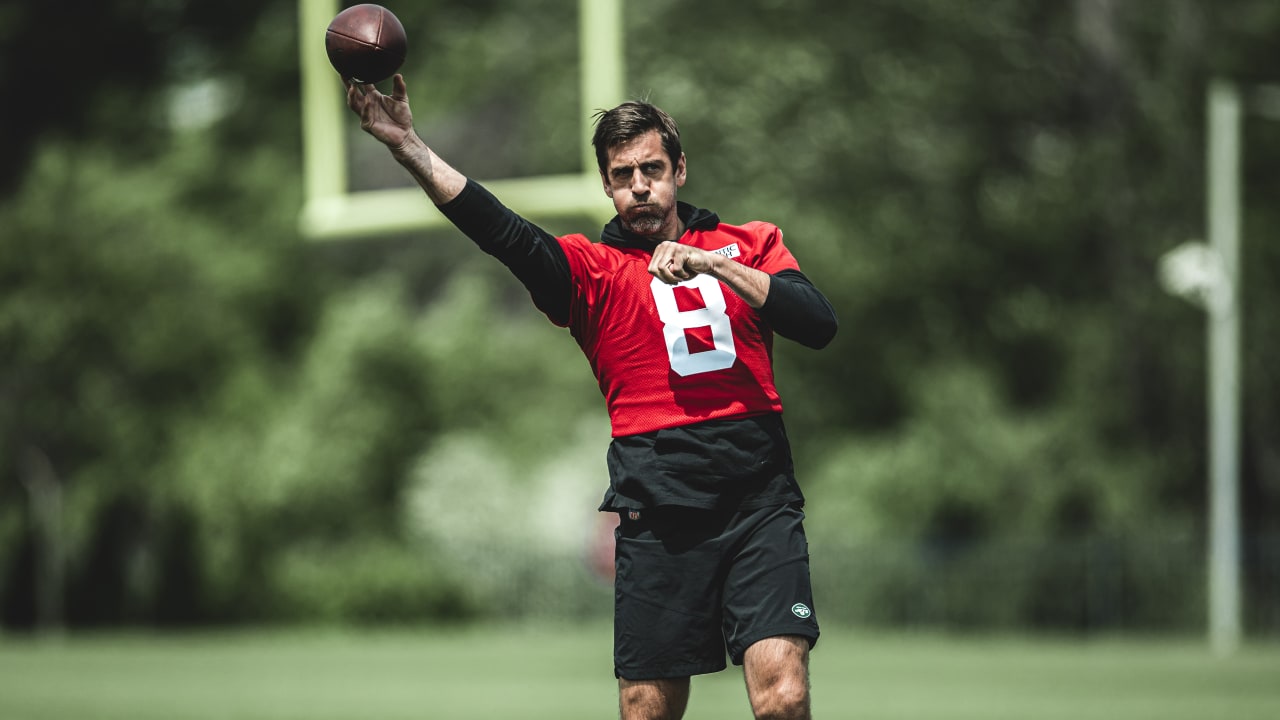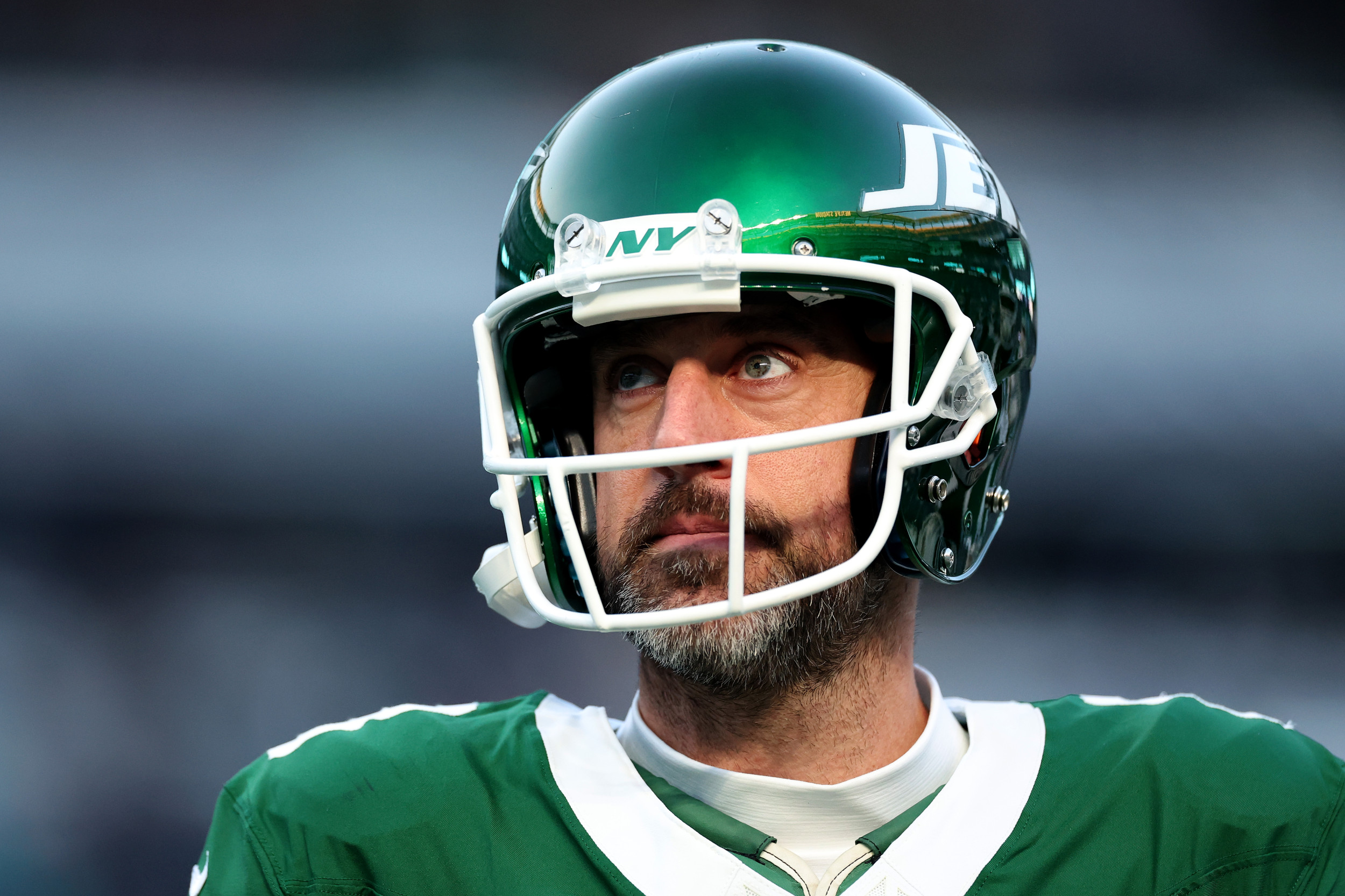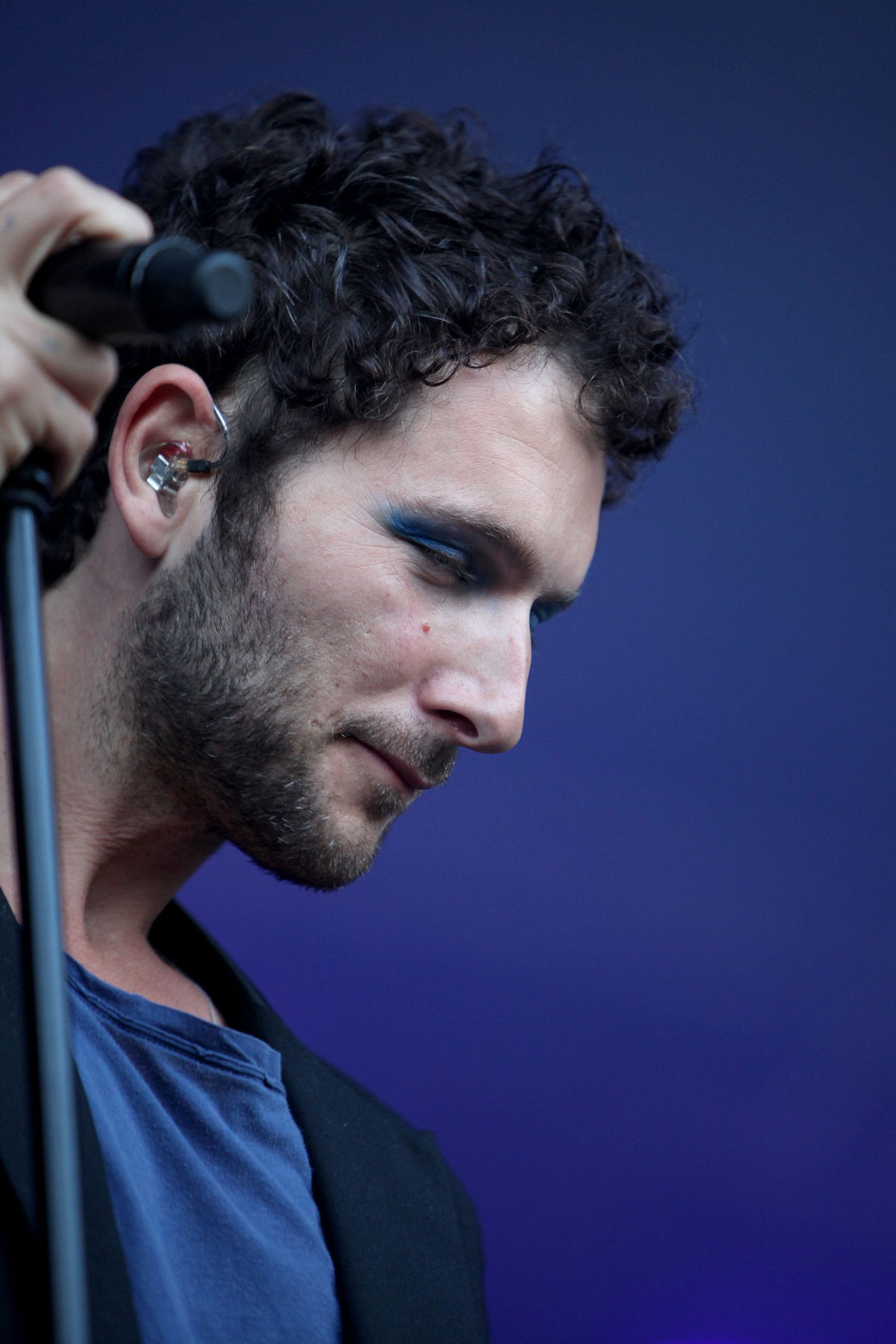Aaron Bushnell Video: Unpacking The Tragic Event And Its Aftermath
The world watched in shock and disbelief as the news of Aaron Bushnell's self-immolation outside the Embassy of Israel in Washington D.C. spread rapidly, largely fueled by the disturbing Aaron Bushnell video that captured his final moments. This tragic event, which transpired at 13:00 local time, was not only witnessed by onlookers but also live-streamed on Twitch, thrusting a profound and painful act of protest into the global spotlight. The immediacy and raw nature of the footage sparked an intense and widespread public discourse, raising critical questions about war, protest, mental health, and the dissemination of graphic content online.
The incident involving Aaron Bushnell quickly became a focal point for discussions across social media, news outlets, and private conversations. As the video circulated, it ignited a firestorm of reactions, from deep sorrow and anger to confusion and debate over its meaning and implications. Understanding the full scope of this event requires a careful examination of the individual at its center, the circumstances surrounding his act, and the subsequent ripple effects across society and the digital landscape.
Table of Contents
- The Unfolding of a Tragic Event: The Aaron Bushnell Video
- Who Was Aaron Bushnell? A Biographical Sketch
- The Live Stream and Its Immediate Impact
- Deciphering the Motive: "No Longer Be Complicit"
- The Role of the Secret Service Member in the Aaron Bushnell Video
- Public Reaction and Online Discourse Surrounding the Aaron Bushnell Video
- Media Coverage and Ethical Considerations
- The Broader Implications of the Aaron Bushnell Incident
The Unfolding of a Tragic Event: The Aaron Bushnell Video
On a somber Sunday afternoon, February 25, 2024, at approximately 13:00 local time, a profound and shocking act of protest unfolded outside the Embassy of Israel in Washington D.C. Aaron Bushnell, a 25-year-old active-duty member of the U.S. Air Force, ignited himself in what he declared was an act against complicity in what he perceived as genocide. The entire harrowing sequence was captured and broadcast live on Twitch, ensuring that the **Aaron Bushnell video** would become an indelible, albeit disturbing, record of his final protest. Dressed in military uniform, Bushnell approached the embassy grounds with a clear, albeit tragic, intention. His actions were deliberate, prefaced by statements articulating his reasons for undertaking such an extreme measure. The live stream, which quickly gained notoriety, showed Bushnell setting himself alight while repeatedly stating, "I will no longer be complicit in genocide." This phrase, uttered with conviction amidst the escalating flames, immediately became the central message of his protest, resonating deeply with some while horrifying others. The sheer visual impact of the **Aaron Bushnell video** ensured its rapid dissemination across various online platforms, even as efforts were made to remove it due to its graphic nature. The event served as a stark, undeniable testament to the depth of his conviction and the extreme lengths to which he was willing to go to express his dissent.Who Was Aaron Bushnell? A Biographical Sketch
To understand the gravity of the **Aaron Bushnell video** and the act it depicted, it is crucial to delve into the background of the individual himself. Aaron Bushnell was not a public figure prior to this incident, yet his actions propelled him into a global conversation. Born in 1998, Bushnell was a relatively young man at the time of his death, with a life that, from external appearances, seemed to follow a conventional path of service.Early Life and Military Service
Aaron Bushnell joined the United States Air Force in May 2020, embarking on a career that saw him serve as a Cyber Defense Operations Specialist. His military service placed him within a highly structured environment, typically associated with discipline and adherence to command. His role in cyber defense suggests a background in technology and critical thinking, which perhaps also contributed to his ability to organize and execute a live stream of his protest. Details about his early life are less public, but reports indicate he was from San Antonio, Texas, and had a history of involvement in various community activities. His decision to join the military, and then to undertake such a drastic form of protest, points to a complex internal journey and a profound personal struggle with the geopolitical events he felt compelled to address. The stark contrast between his military role and his ultimate act of defiance underscores the deep personal conviction that drove him.Personal Data
| Attribute | Detail | | :----------------- | :---------------------------------------- | | **Full Name** | Aaron Bushnell | | **Date of Birth** | 1998 | | **Date of Death** | February 25, 2024 | | **Age** | 25 years old | | **Nationality** | American | | **Residence** | San Antonio, Texas (reported) | | **Military Branch**| United States Air Force | | **Rank** | Senior Airman (A1C) | | **Role** | Cyber Defense Operations Specialist | | **Location of Act**| Embassy of Israel, Washington D.C. | | **Method of Protest**| Self-immolation | | **Reason Stated** | Protest against perceived genocide | | **Video Platform** | Twitch (live-streamed) |The Live Stream and Its Immediate Impact
The decision by Aaron Bushnell to live-stream his protest on Twitch was a critical element that amplified the reach and immediate impact of his actions. In an era dominated by digital communication, a live broadcast offers an unfiltered, raw, and immediate connection to an event, however horrific. The **Aaron Bushnell video**, specifically the live stream, ensured that his act was not just a local incident but a global spectacle, reaching audiences far beyond the physical location of the embassy. His post, notably his first since April 2018, included a direct link to the livestream video on Twitch. This deliberate act of sharing indicates a clear intention for his message to be seen and heard by as many people as possible. The immediacy of live streaming meant that viewers witnessed the event in real-time, without the buffer or curation typically provided by traditional media. This raw exposure contributed significantly to the shock and emotional intensity experienced by those who saw it. The platform's policies on graphic content led to the rapid removal of the original stream, but not before segments and re-uploads began to proliferate across other social media sites. The challenge of content moderation versus the public's access to information became immediately apparent, with many grappling with the ethical implications of sharing or viewing such distressing footage. The rapid spread of the **Aaron Bushnell video** demonstrated the power of digital platforms to disseminate information, even of the most extreme nature, almost instantaneously across borders.Deciphering the Motive: "No Longer Be Complicit"
The central message articulated by Aaron Bushnell in the moments leading up to his self-immolation was, "I will no longer be complicit." This phrase is crucial for understanding his motivation and the context he wished to establish for his extreme act. His protest was explicitly framed as a stand against what he perceived as the United States' complicity in genocide, particularly in relation to the conflict in Gaza. This declaration, captured vividly in the **Aaron Bushnell video**, provided a direct insight into his deeply held beliefs and the moral anguish that drove him to such a desperate measure. His choice of location—the Embassy of Israel in Washington D.C.—further underscored the target of his protest. It was a symbolic act, designed to draw attention to the U.S. government's foreign policy and its support for Israel, which he believed made him, as a U.S. citizen and military member, an unwilling participant in actions he considered morally reprehensible. The phrase "no longer be complicit" suggests a profound internal conflict and a rejection of his perceived role in a system he viewed as unjust. It speaks to a sense of moral responsibility that, for Bushnell, transcended the bounds of conventional protest. His act was an ultimate expression of disassociation, a desperate plea for attention to a cause he felt was being ignored or misrepresented. The clarity of his stated motive, despite the horrific nature of his act, left little room for ambiguity regarding his intentions, making the **Aaron Bushnell video** a chilling testament to his conviction.The Role of the Secret Service Member in the Aaron Bushnell Video
Amidst the chaos and horror of the event, the **Aaron Bushnell video** also captured the immediate response of law enforcement, particularly a United States Secret Service member. This individual's actions, seen in the footage, became a subject of significant discussion and, unfortunately, widespread misinformation. The video shows the Secret Service member pointing a gun at Bushnell as he was engulfed in flames, a detail that immediately drew scrutiny and strong reactions from viewers.Misinformation vs. Fact: The Identity of the Officer
Following the initial shock, several people posted public comments claiming that the man seen on video pointing a gun at Bushnell was an Israeli guard. This assertion quickly gained traction on social media, fueling narratives that further inflamed public sentiment. However, official reports and subsequent investigations swiftly debunked these claims. He was actually a United States Secret Service member who was responding to an active and extremely dangerous situation. The Secret Service's protocol in such high-stakes scenarios often involves drawing a weapon to secure the perimeter and neutralize any perceived threat, even when the threat is to the individual themselves. While the visual of a gun being pointed at a person on fire is undeniably jarring, it is crucial to understand the context of law enforcement response to an unpredictable and volatile event. The Secret Service member's primary objective would have been to assess whether Bushnell posed a threat to others or to the embassy itself, and to maintain control of the scene until emergency services could intervene. The swift correction of this misinformation was vital in providing an accurate account of the incident and preventing further unwarranted speculation based on misidentification. The clarity provided on the identity and role of the Secret Service member is a key aspect of understanding the full context of the **Aaron Bushnell video**.Public Reaction and Online Discourse Surrounding the Aaron Bushnell Video
The immediate aftermath of the Aaron Bushnell incident saw an explosion of public reaction and online discourse, reflecting the deep divisions and strong emotions surrounding the issues he sought to highlight. The **Aaron Bushnell video** became a viral phenomenon, shared, analyzed, and debated across every major social media platform. Reactions ranged from profound grief and sympathy for Bushnell's perceived despair to condemnation of his act as extreme and self-destructive. Many who sympathized with Bushnell viewed his self-immolation as a desperate, ultimate act of protest against what they saw as moral failings of governments and societies. They interpreted his sacrifice as a poignant cry against injustice, drawing parallels to historical acts of self-immolation as political statements. Conversely, a significant portion of the public, while perhaps acknowledging the depth of his conviction, strongly condemned the act itself, emphasizing the tragic loss of life and the futility of such a violent form of protest. Concerns were also raised about the potential for copycat incidents and the glorification of self-harm. Online, the discourse was often polarized. Hashtags related to Bushnell trended globally, with users sharing their interpretations, expressing outrage, or calling for greater awareness of the issues he raised. The very act of sharing the **Aaron Bushnell video** became a point of contention, with some arguing for its removal due to its graphic nature and potential to traumatize, while others insisted on its preservation as a historical document and a testament to his message. This dynamic highlighted the ongoing struggle between freedom of information, content moderation, and the ethical responsibilities of platforms and users alike. The sheer volume and intensity of the online conversation underscored the profound impact of the event on the collective consciousness.Media Coverage and Ethical Considerations
The media's handling of the Aaron Bushnell incident and the subsequent circulation of the **Aaron Bushnell video** presented a complex ethical dilemma for news organizations worldwide. Balancing the imperative to report on a significant event with the responsibility to avoid sensationalism or the gratuitous display of graphic content became a central challenge. Mainstream media outlets generally adopted a cautious approach, often describing the event without showing the most graphic portions of the video. Many chose to blur or redact sensitive parts, or to use still images that conveyed the essence of the protest without exposing viewers to the full horror. This was largely in line with journalistic ethics that prioritize public interest while minimizing harm and respecting the dignity of the deceased. However, the nature of social media meant that unedited versions of the **Aaron Bushnell video** were readily available on platforms like X (formerly Twitter), Telegram, and various video-sharing sites, often uploaded by individuals rather than news organizations. This created a dual narrative: a more restrained, ethically-minded portrayal by traditional media, and a raw, unfiltered dissemination by decentralized online communities. Discussions within media circles also revolved around the framing of Bushnell's act. Was it an act of protest, an act of desperation, or a tragic consequence of mental distress? News organizations had to navigate these interpretations carefully, often relying on official statements, expert opinions, and the words Bushnell himself uttered in the video. The ethical considerations extended to how to report on the individual's motivations without endorsing or condemning the act, while also providing context about the broader geopolitical issues that fueled his protest. The incident underscored the ongoing tension between the speed of digital information flow and the need for thoughtful, responsible journalistic practice.The Broader Implications of the Aaron Bushnell Incident
The tragic act captured in the **Aaron Bushnell video** extends far beyond the individual and the immediate event, sparking broader discussions about protest, mental health, military service, and the role of digital platforms in shaping public discourse. His self-immolation, while extreme, resonated with many who feel a profound sense of powerlessness in the face of global conflicts and perceived injustices. It forced a moment of uncomfortable reflection on the human cost of war and the psychological toll it can take, even on those not directly involved in combat. The incident also brought renewed attention to the mental health support systems available to military personnel. While Bushnell's specific motivations were complex, the extreme nature of his protest prompted questions about the pressures faced by service members and the resources available to them when grappling with moral or ethical dilemmas related to their service. Furthermore, the global spread of the **Aaron Bushnell video** highlighted the evolving nature of protest in the digital age. In an increasingly interconnected world, an individual's act, however isolated, can instantaneously become a global symbol, igniting conversations and debates across continents.Freedom of Speech and Protest in the Digital Age
The Aaron Bushnell incident serves as a stark case study in the complexities of freedom of speech and protest in the digital age. His decision to live-stream his act underscored a desire for maximum visibility and impact, leveraging online platforms to bypass traditional media gatekeepers. This raises important questions about the responsibilities of these platforms. While they provide a powerful means for individuals to express dissent and share information, they also grapple with the challenge of moderating graphic content and preventing the spread of harmful material. For those who wanted this removed, it belongs to the platforms to enforce their community guidelines, yet the very nature of the internet makes complete eradication of such content virtually impossible once it has been uploaded. The incident also reignited debates about the effectiveness and ethics of extreme forms of protest. While self-immolation is rare, its historical context as a desperate plea against perceived tyranny or injustice lends it a potent, albeit horrifying, symbolism. The **Aaron Bushnell video** will undoubtedly be analyzed for years to come as an example of how individuals, driven by profound conviction, utilize the tools of the modern digital landscape to make an ultimate statement, forcing societies to confront uncomfortable truths and the limits of their tolerance for dissent.Conclusion
The **Aaron Bushnell video** documents a profoundly tragic and disturbing event that has left an indelible mark on public consciousness. Aaron Bushnell's self-immolation outside the Embassy of Israel was a desperate act of protest, fueled by his declared opposition to perceived complicity in genocide. His live-streamed final moments, captured for the world to see, ignited a firestorm of discussion, grief, and debate across the globe. We have explored the background of Aaron Bushnell, a young active-duty airman whose personal convictions led him to an extreme form of dissent. We delved into the immediate impact of his live stream, the powerful message of "no longer be complicit," and the crucial clarification regarding the United States Secret Service member seen in the video, debunking initial misinformation. The widespread public reaction and the ethical dilemmas faced by media outlets in covering such a graphic event further highlight the complexities of this incident. Ultimately, the Aaron Bushnell incident serves as a poignant, albeit painful, reminder of the profound impact of global conflicts on individuals, the evolving nature of protest in the digital age, and the ongoing challenges of information dissemination and content moderation online. This event compels us to reflect on the depth of conviction that can drive individuals to such extreme measures and the societal issues that contribute to such despair. We invite you to share your thoughts and reflections on this complex event in the comments below. What do you believe are the most significant takeaways from the Aaron Bushnell video and its aftermath? Your insights contribute to a broader understanding of these critical issues.
Lots of Little Details Remind Jets QB Aaron Rodgers 'I'm in the Right

Aaron Rodgers

پیشنهاد شنیدنی: Endless Song پایانی شیرین از AaRON